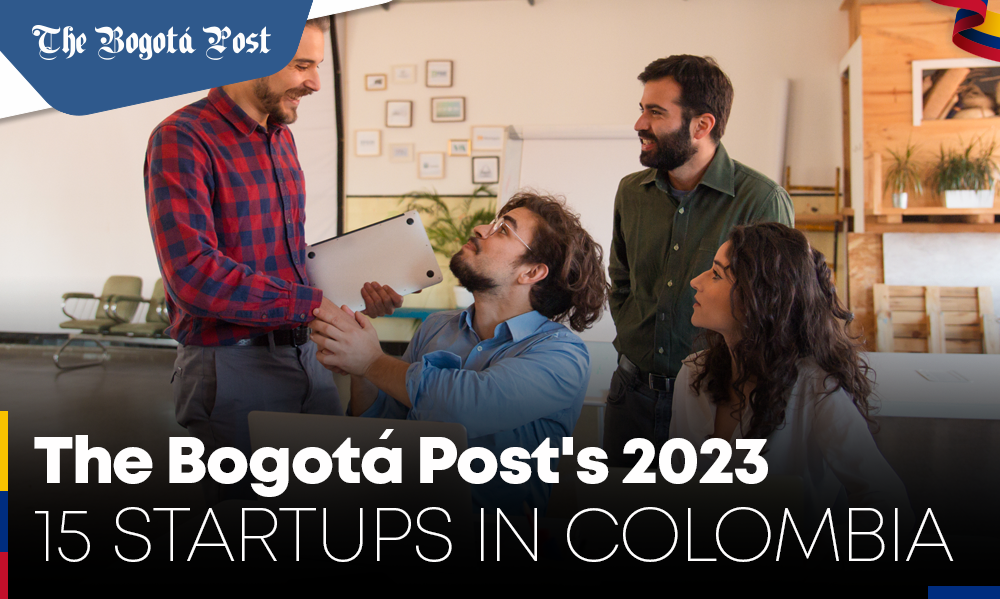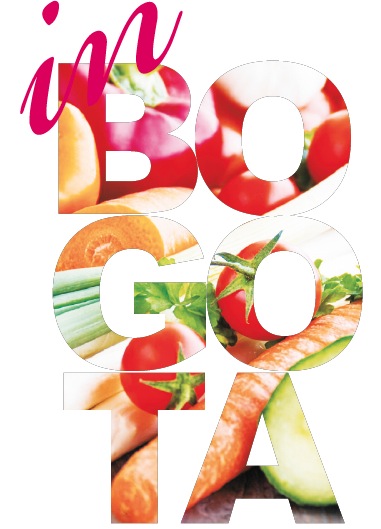 As the culture of food trucks arrives in the capital, Alejandra Chipatecua looks at the growth of the concept and what to think about if you want to set up your own ‘chuckwagon’
As the culture of food trucks arrives in the capital, Alejandra Chipatecua looks at the growth of the concept and what to think about if you want to set up your own ‘chuckwagon’
Although Bogota has a rich and varied food scene, the American style food trucks have made a recent arrival to the capital offering a new and intriguing option to the public, as well as to entrepreneurs who are hungry for this new possibility.
This culinary alternative, originally known as a chuckwagon, was born in the United States in 1866 when Texan Charles Goodnight adapted an old army truck to keep meat and beans for travelling cowboys.
The growth of the concept is closely aligned to the property bubble that Bogota currently finds itself in, which makes it ever more expensive to rent or buy a space for a restaurant or cafe.
While renting a 30 metre squared space in the food court of a Bogota mall costs, depending on the area, between COP$3-23 million a month (plus the costs of fitting a kitchen), according to La Barra, adapting a truck to make it street-food-ready costs between COP$50-90 million, a one-off investment.
 The business model is close to a dream for entrepreneurs and hungry customers, given the fact that low investment costs allow for high-quality, innovative culinary offerings at a low price. Yet in Bogota there is still no standard regulation that authorises the circulation of these vehicles around the capital’s streets.
The business model is close to a dream for entrepreneurs and hungry customers, given the fact that low investment costs allow for high-quality, innovative culinary offerings at a low price. Yet in Bogota there is still no standard regulation that authorises the circulation of these vehicles around the capital’s streets.
However, the burgeoning food truck movement has managed to find a way to survive in spaces such as car parks, design fairs, private events and festivals and it looks as though chuckwagons will be here in force as they await regulations for this new business concept.

Photos: Aso Food Trucks Bogota
10 minutes with: The Bogota Food Truck Association
Luis Fernando Tobaín, director of Food Trucks de Colombia, an association that brings together around 30 food trucks under an umbrella of minimum hygiene and preparation standards, lays out three basic rules for those willing to take the risk and become part of the revolution:
The concept is what counts: You need to be looking to create something unique, not just burger and chips. Try to offer something special or different to the public, in order to quash the false belief that eating on the street is bad.
Social media is your best friend: Getting started is never easy for anyone, but it will be a whole lot easier if you make good use of social networks to gain visibility. Furthermore, without a fixed sales point, it is a great way to keep your followers and clients informed about the next corner you’ll be on.
Opportunity knocks: The best opportunities are often where you’d least expect, so always take a good look around you, as you could be staring at the perfect place to park your food truck. Keep in mind that the best options for now are in parking lots, festivals and catering to private events, but follow your creative impulses, keeping it within the limits of the law, of course.





